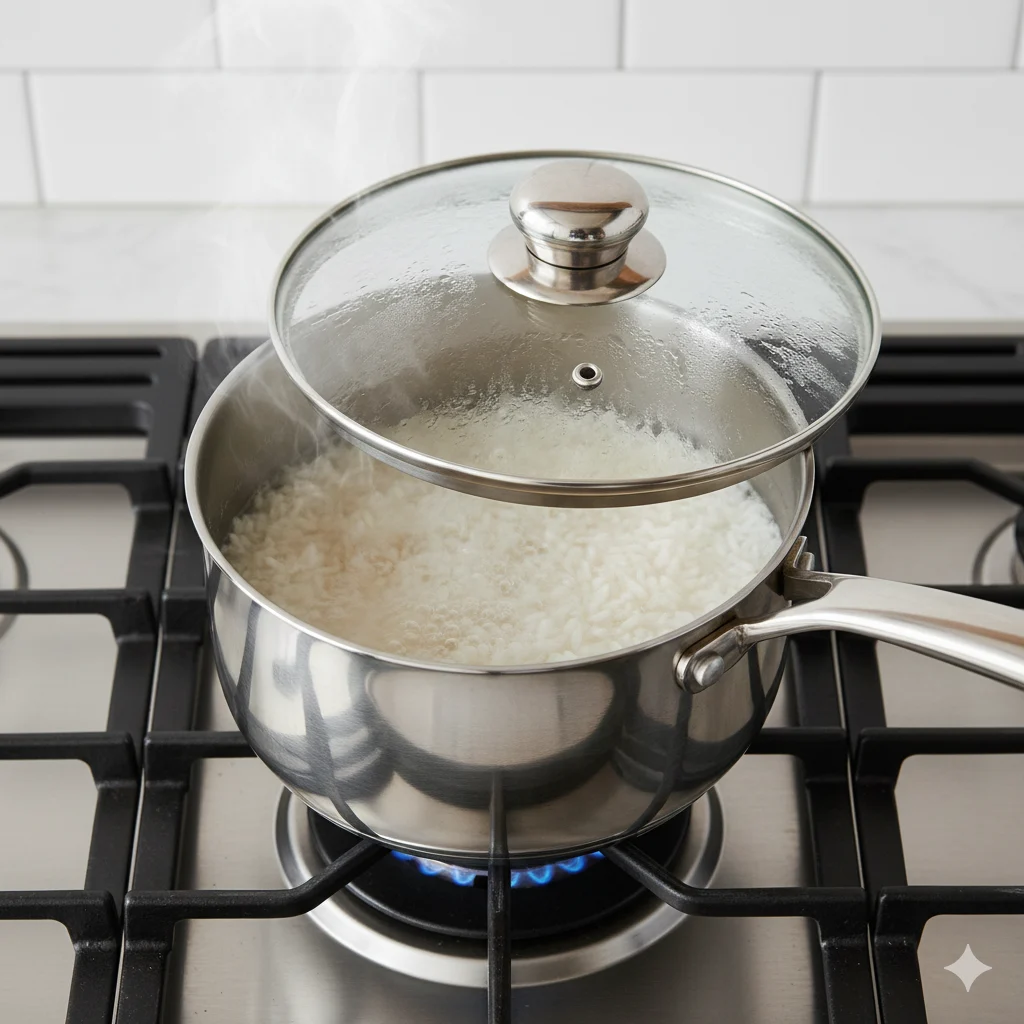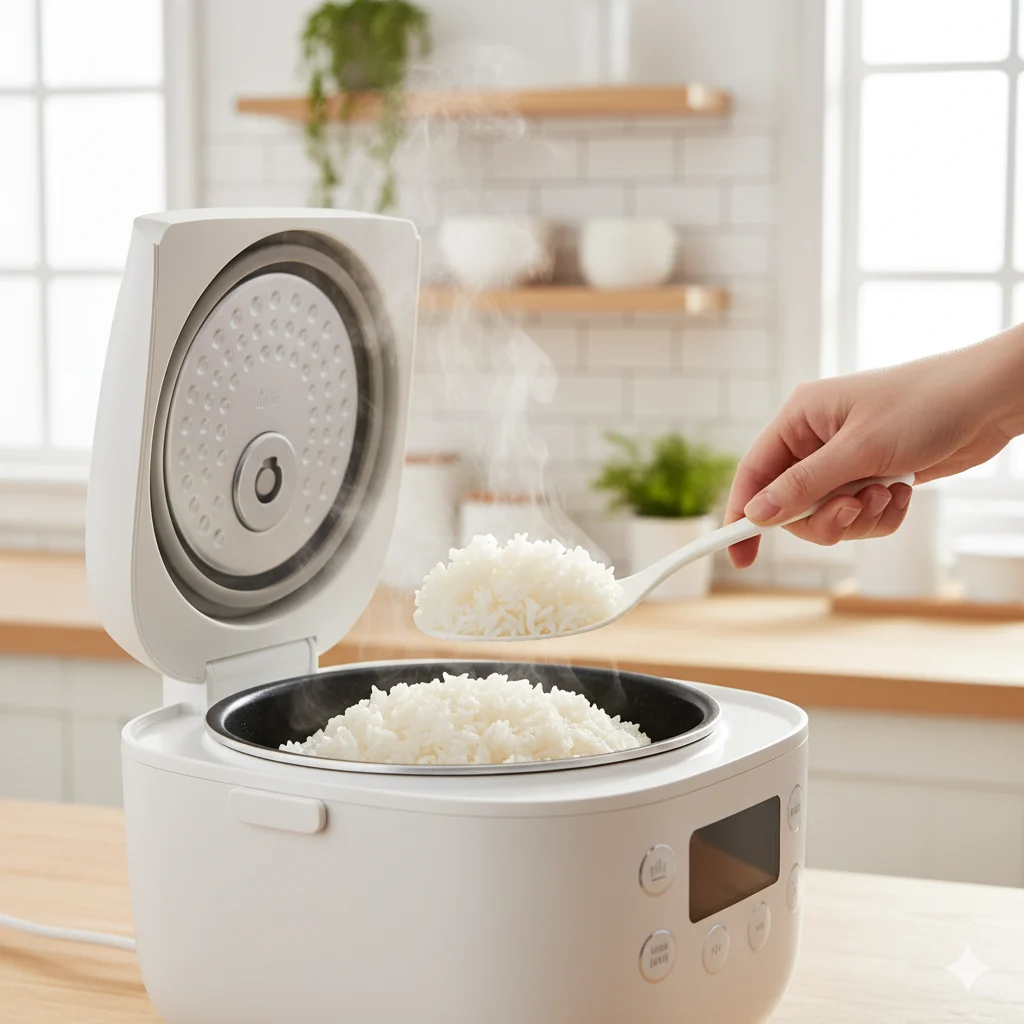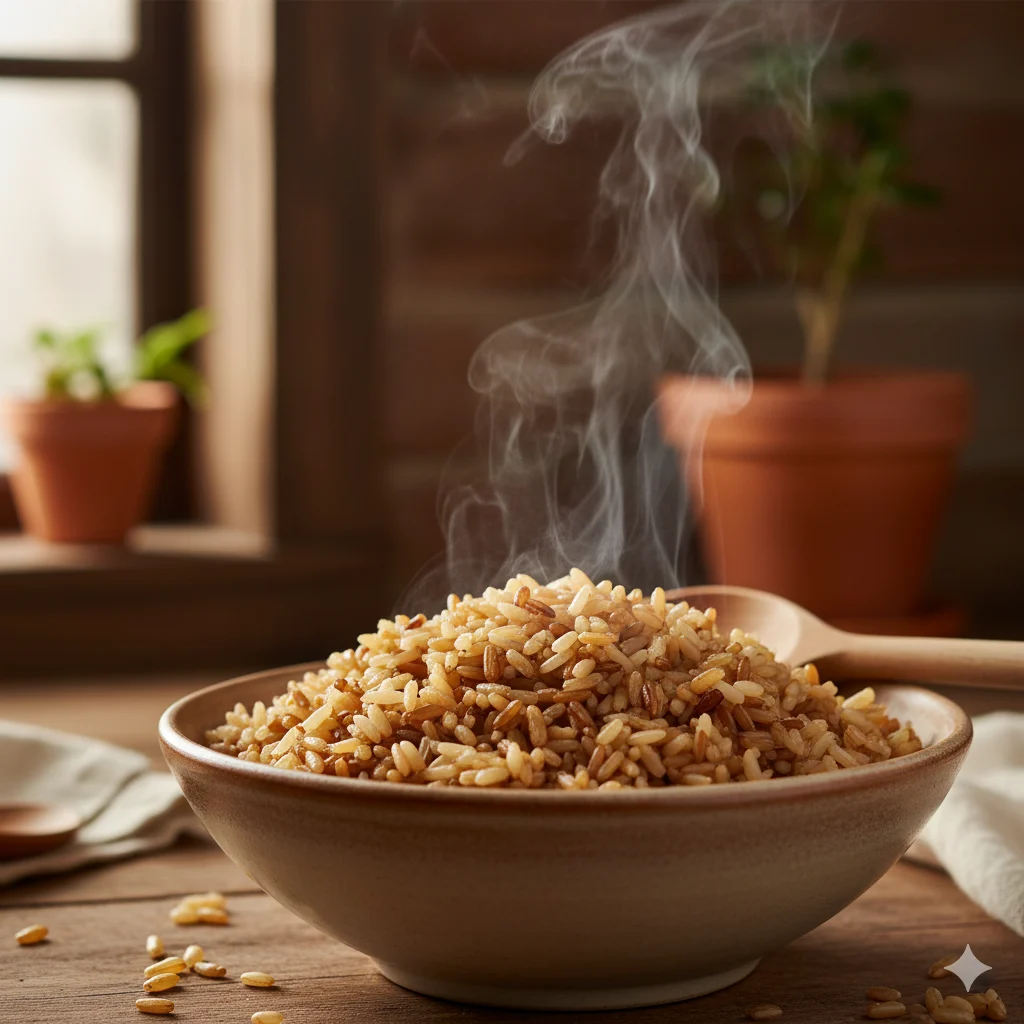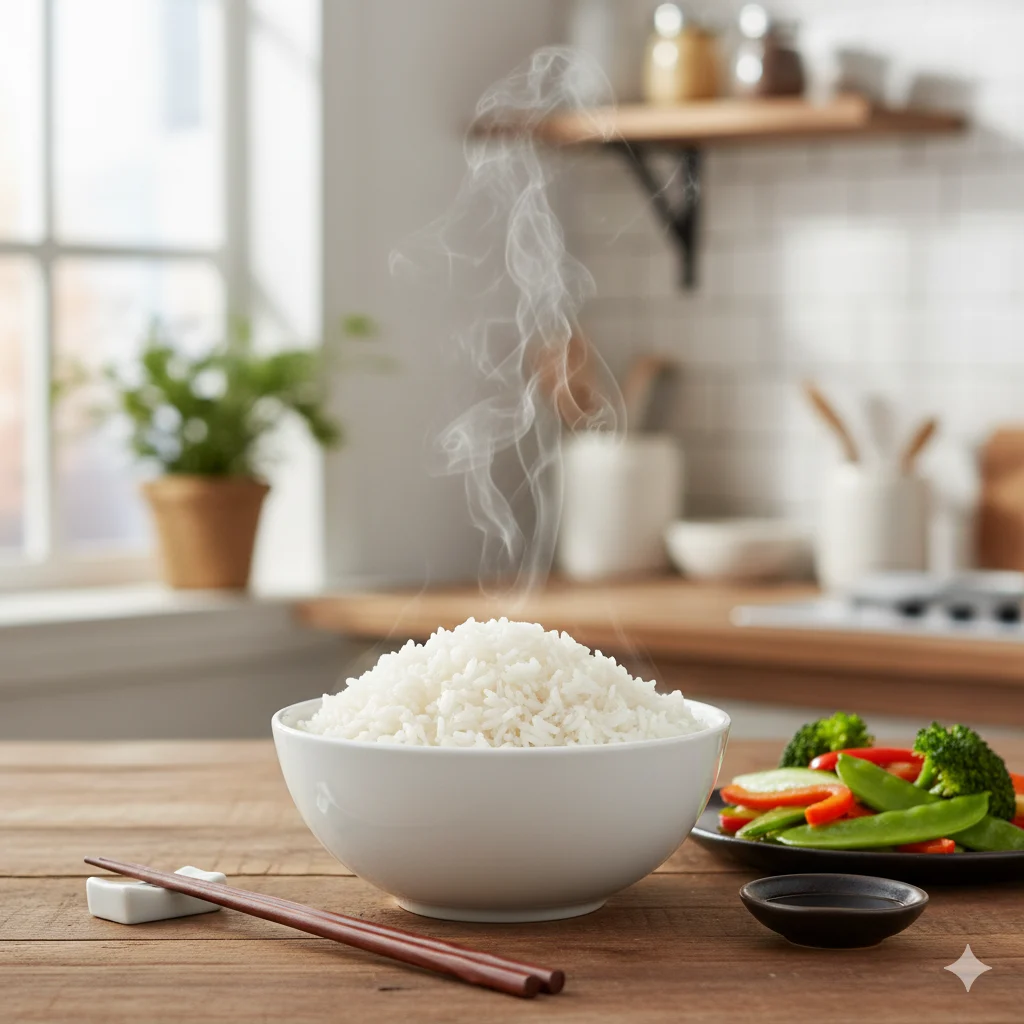The Secret Behind Every Perfect Bowl of Rice
Rice is one of the most universal and comforting foods in the world. From fluffy basmati to sticky jasmine, it’s the base of thousands of dishes across cultures. Yet, many people still struggle with making the perfect pot of rice — either it’s too mushy, undercooked, or burnt at the bottom. Learning how to cook rice correctly is a kitchen skill that transforms simple ingredients into satisfying, wholesome meals.
This complete guide walks you through every method — boiling, absorption, rice cooker, and steaming — so you can master cooking rice every single time.
🥄 Understanding the Basics of Cooking Rice
Cooking rice may look simple, but it’s all about balance — the right rice-to-water ratio, correct heat level, and timing. The basic rule of thumb for white rice is 1 cup of rice to 2 cups of water. Brown rice requires more water and time because of its tougher bran layer.
Also, always rinse your rice before cooking to remove excess starch. This prevents the grains from sticking and gives you a fluffy texture.
🍳 Method 1: How to Cook Rice Using the Absorption Method
The absorption method is the most traditional and foolproof way to make perfect rice.
Steps:

- Rinse the rice in cold water until it runs clear.
- Add rice and water to a pot (1:2 ratio).
- Bring it to a boil over medium-high heat.
- Once boiling, reduce the heat to low and cover the pot.
- Let it simmer for 15–18 minutes (for white rice).
- Remove from heat and let it rest for 10 minutes before fluffing.
This method locks in flavor and moisture, resulting in light, separate grains — ideal for basmati or jasmine rice.
🥢 Method 2: How to Boil Rice
If you want an easier method that’s less exact, boiling works great — especially for beginners.
Steps:
- Use a large pot of boiling water (like pasta).
- Add a pinch of salt and pour in your rice.
- Boil uncovered for 10–12 minutes.
- Drain the water once rice is soft.
- Let it steam for 5 minutes before serving.
Boiling is a forgiving method, best for short-grain or parboiled rice.
🍽️ Method 3: How to Cook Rice in a Rice Cooker
If you love convenience, a rice cooker is your best friend. It automatically controls temperature and timing.
Steps:

- Measure and rinse your rice.
- Add it to the cooker with the right amount of water.
- Close the lid and press the “cook” button.
- Wait until it switches to “warm.”
- Let the rice sit for 10 minutes before fluffing.
A rice cooker guarantees consistency — no burnt bottom, no stress. It’s great for busy families or those new to cooking.
🔥 Method 4: How to Cook Rice in the Microwave
For a quick and efficient way to cook rice, use a microwave-safe bowl.

Steps:
- Add 1 cup of rice and 2 cups of water.
- Cover loosely with a microwave-safe lid.
- Microwave on high for 10 minutes, then medium for 15 minutes.
- Let it rest for 5 minutes before serving.
This is ideal for small servings or students living in dorms.
🫕 Method 5: Cooking Brown Rice the Right Way
Brown rice is healthier but takes longer to cook. Its outer bran layer needs extra water and heat.
Steps:
- Use a 1:2.5 ratio (1 cup rice, 2½ cups water).
- Boil, then simmer for 35–40 minutes.
- Turn off the heat and let it sit for 10 minutes.
The result is nutty, chewy rice packed with fiber and nutrients.
🌾 Method 6: How to Cook Rice Without a Stove
No stove? No problem. You can still make fluffy rice in a pressure cooker, instant pot, or even electric kettle.
Steps (Instant Pot):
- Add rinsed rice and water (1:1.25 ratio).
- Seal the lid and pressure cook for 5 minutes.
- Natural release steam for 10 minutes.
This method saves time and energy while delivering consistent results.
🍛 Flavored Rice Ideas for Everyday Meals
Once you’ve mastered how to cook rice, you can elevate it with simple add-ins:
- 🧄 Add garlic and butter for fragrant garlic rice.
- 🥕 Stir in peas and carrots for veggie rice.
- 🍋 Add lemon zest and herbs for refreshing lemon rice.
- 🥥 Try coconut milk for creamy tropical rice.
These small touches make your meals more exciting and nutritious.
🧂 Common Mistakes to Avoid When Cooking Rice
Even experienced cooks make these rice mistakes:
- ❌ Not rinsing rice (causes sticky texture).
- ❌ Lifting the lid while cooking (lets out steam).
- ❌ Using too much water (leads to mushy rice).
- ❌ Not letting rice rest before serving.
Avoiding these ensures you always get fluffy, separate grains.
🍴 Real-Life Example 1: Home Cook’s Everyday Rice Success
Aisha, a beginner cook, used to struggle with sticky rice. After learning the absorption method and rinsing properly, her biryani rice turned light and perfect — every single time.
🍱 Real-Life Example 2: Busy Mom’s Rice Cooker Hack
Fatima, a mom of three, switched to a rice cooker to save time. She pre-sets her rice each morning, so by lunchtime, it’s fresh and ready for serving.
🍲 Real-Life Example 3: Student’s Microwave Shortcut
Ali, a university student, cooks rice in his dorm microwave in under 20 minutes. His method is simple, cheap, and saves him from instant noodles!
❓FAQs About Cooking Rice
Q1. Why should I rinse rice before cooking?
It removes surface starch, making the rice fluffy and non-sticky.
Q2. What is the best ratio of water to rice?
For white rice, use 2 cups water for every 1 cup of rice.
Q3. How long should I cook brown rice?
35–40 minutes on low heat after boiling.
Q4. How do I fix mushy rice?
Spread it on a tray and let it dry in the oven for 10 minutes at low temperature.
Q5. Can I reheat cooked rice safely?
Yes — refrigerate within 2 hours and reheat until steaming hot.
🧘 Conclusion: Cooking Rice Is Simpler Than You Think
Cooking rice isn’t about perfection — it’s about patience and practice. Once you learn the right water ratio, heat level, and timing, you’ll always have soft, fluffy grains ready to complement any meal. Whether you prefer a rice cooker, microwave, or stovetop, this guide ensures success every time.



